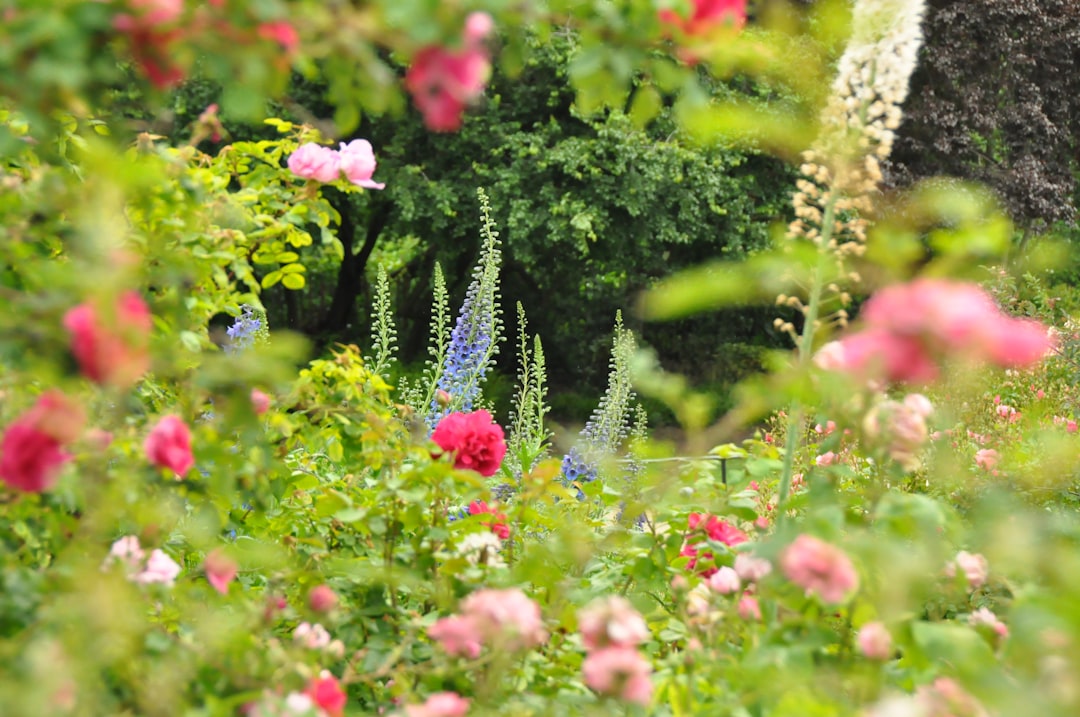The Secret to a Thriving Yard: Fertilizer Mastery

Maintaining a lush and vibrant yard garden is a rewarding endeavor, but it requires careful attention to the needs of your plants. One crucial aspect of gardening is ensuring that your plants receive the right amount of nutrients, and this often boils down to proper fertilization. In this article, we'll explore the telltale signs that your plants aren't getting enough food and learn how to provide the optimal amount of fertilizer for a thriving garden.
### Recognizing the Signs of Nutrient Deficiency
Plants are like little organisms with unique needs, and when they're not getting enough nutrients, they'll start to show it. One of the most common signs of under - feeding is yellowing leaves. Chlorophyll, the green pigment in plants, requires nitrogen to form. If your plant is nitrogen - deficient, the leaves will lose their vibrant green color and turn yellow. This often starts with the older, lower leaves as the plant redirects nutrients to the newer growth.
Stunted growth is another clear indicator. When a plant lacks essential nutrients like phosphorus, which is crucial for root development and overall growth, it won't reach its full potential. You might notice that your plants are smaller than usual or that they're not producing as many flowers or fruits as they should.
Weak stems are also a sign of nutrient insufficiency. Potassium plays a vital role in strengthening the cell walls of plants. Without enough potassium, the stems become weak and may even start to bend or break easily. This can make your plants more susceptible to pests and diseases.
### Understanding Fertilizer Basics
Fertilizers come in different forms, including granular, liquid, and slow - release. Granular fertilizers are easy to apply and are a popular choice for many gardeners. They can be spread around the base of the plants and then watered in. Liquid fertilizers, on the other hand, are quickly absorbed by the plants and are great for providing an immediate nutrient boost. Slow - release fertilizers, as the name suggests, release nutrients over an extended period, providing a steady supply of food for your plants.
When choosing a fertilizer, it's important to understand the three main nutrients: nitrogen (N), phosphorus (P), and potassium (K). These are often listed on the fertilizer package as a series of numbers, such as 10 - 10 - 10. The first number represents the percentage of nitrogen, the second is for phosphorus, and the third is for potassium. Different plants have different nutrient requirements at different stages of their growth. For example, leafy vegetables like lettuce and spinach need more nitrogen to promote lush foliage, while flowering plants like roses and tomatoes require more phosphorus for abundant blooms and fruits.
### Applying the Right Amount of Fertilizer
Over - fertilizing can be just as harmful as under - fertilizing. Too much nitrogen can lead to excessive foliage growth at the expense of flowers and fruits. It can also make the plants more vulnerable to pests and diseases. To determine the right amount of fertilizer for your plants, start by testing your soil. A soil test will tell you the current nutrient levels in your soil and help you choose the appropriate fertilizer.
Follow the instructions on the fertilizer package carefully. The package will usually provide guidelines on how much fertilizer to apply per square foot or per plant. When applying the fertilizer, make sure to distribute it evenly around the base of the plants, avoiding direct contact with the stems and leaves. Water the plants thoroughly after applying the fertilizer to help it dissolve and reach the roots.
### Seasonal Considerations
Plants have different nutrient needs throughout the year. In the spring, when plants are starting to grow actively, they need a good dose of nitrogen to support new growth. You can use a balanced fertilizer with a higher nitrogen content at this time. As the plants start to flower and set fruit in the summer, switch to a fertilizer with a higher phosphorus content to encourage blooming and fruiting.
In the fall, it's a good idea to apply a slow - release fertilizer to help the plants store nutrients for the winter. This will give them a head start in the following spring. Avoid fertilizing in the winter, as most plants are dormant and won't be able to absorb the nutrients effectively.
### Conclusion
Caring for your yard garden is a continuous learning process. By being able to recognize the signs of nutrient deficiency, understanding the basics of fertilizers, and applying the right amount at the right time, you can ensure that all your plants thrive. Remember, a well - fed garden is a happy garden, and with a little attention and care, you'll be rewarded with a beautiful and bountiful yard.